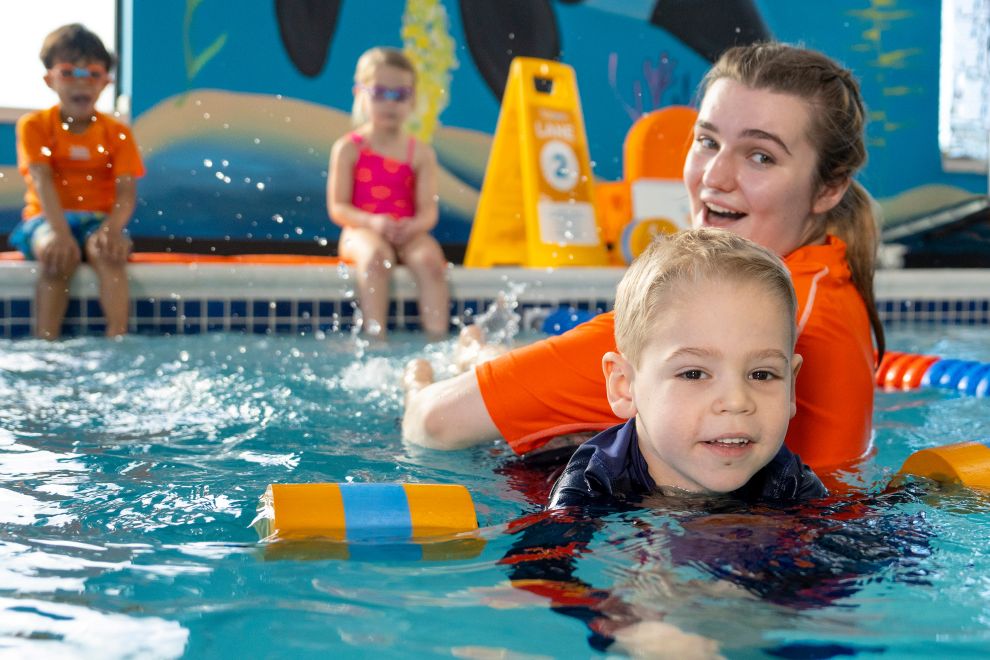We all know healthy exercise can promote physical and mental well-being, especially as families spend more time inside and practice safe physical distancing measures to limit the spread of COVID-19. But how much is too much? And when does a healthy habit become a compulsion? Recognizing addiction can be difficult, especially when the substance, or in this case behavior, may appear to be healthy and beneficial. Let’s examine exercise addiction, what it looks like, and what to do if your loved one might be exhibiting symptoms.
What is exercise addiction?
Exercise addiction poses a real threat to physical and emotional well-being. Like other addictions, exercise addiction is caused by a combination of factors.
• Exercise addiction is characterized by a compulsion to work out. Only 8 percent of your regular gym-goers fit this criteria.
• People living with exercise addiction risk working out to the point of injury or at the expense of their own health and social relationships.
• Exercise addiction can occur with or without disordered eating, but people with eating disorders are 3.7 times more likely to have it.
Let’s look at the warning signs.
Currently, there is no general consensus among the medical and mental health communities about exercise addiction. That’s what makes identifying the condition so difficult. If you suspect a loved one may be struggling with a compulsion to exercise, it is vital to familiarize yourself with the risk factors of exercise addiction. Here are some of the warning signs:
• Extreme and excessive workouts.
It’s not uncommon for people living with exercise addiction to continually add onto their workouts, whether it’s additional reps at the gym, or going on a run after finishing soccer practice. Be mindful of the frequency, duration, and difficulty level of your loved one’s exercise habits.
• Missed workouts and emotional distress. People living with exercise addiction often feel anxious, irritable, or depressed when they miss a workout. You may notice that your loved one becomes agitated or uncomfortable when she can’t work out.
• Injuries, illness, and exercise. Exercise addiction can drive people to ignore their body’s cues and continue to work out despite pulled muscles or even the flu. Pay attention to your loved one’s exercise habits along with their general health.
• Exercise and escapism. Exercise promotes mental and emotional well-being. But for people living with exercise addiction, working out becomes a way to escape stressful life situations. If you think your loved one may be using exercise as a way to retreat from certain aspects of her life, it may be time for a clinical intervention.
• Working out and shifting priorities. People with exercise addiction will often lose sight of other priorities in their lives because working out becomes the main focus. Changes in school performance as well as withdrawal from friends and social activities in favor of working out can be signs of exercise addiction.
How family and friends can help.
It’s vital that we understand and recognize the signs of exercise addiction. This awareness is the first step in connecting your friends or family members with the help and resources they need to fully recover.
Talk about it.
It won’t be the easiest or most comfortable conversation. However, it could make a life-altering difference for someone’s well-being. Start a dialogue focusing on the specific excessive exercise behaviors you are observing. Be mindful to keep communication open and supportive. It is not unusual for people to become defensive or initially reject help when confronted about exercise addiction. This goes for disordered eating, too.
Get professional help.
Your family doesn’t have to tackle exercise addiction alone. There are community resources and qualified professionals available to support you and your loved one in assessing current behaviors and identifying next steps. Receiving the right care at the right time can make a world of difference in addressing unhealthy behaviors, identifying the tools and skills needed, and getting on the path to recovery.





